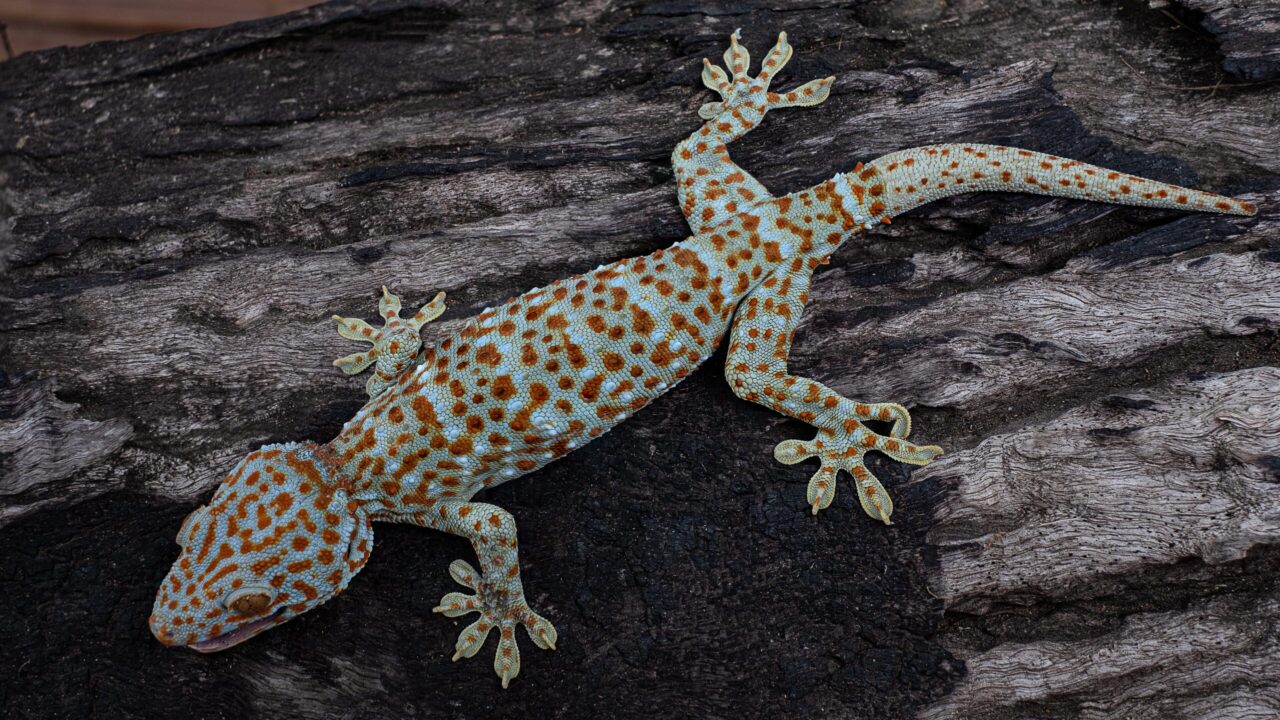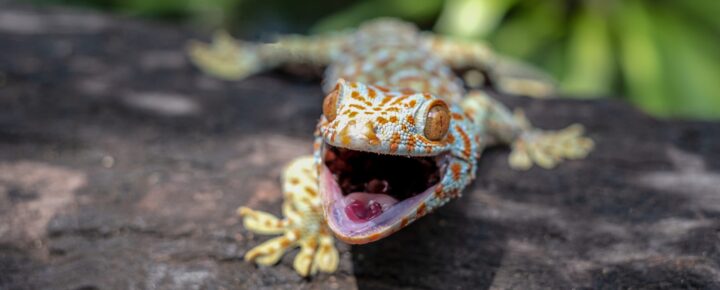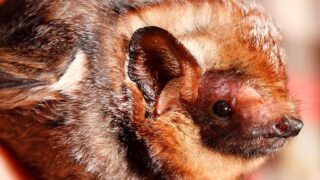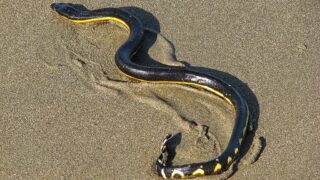Do you remember the first time you saw a gecko in Hawaii? As any Hawaii visitor knows, geckos are a common sight here, sometimes charming and sometimes not, but they also present challenges for residents and visitors. These small snake-like lizards are more than just a part of the local Hawaii wildlife—they also hold cultural significance to some and even play a role in Hawaii’s ecosystem. To others, however, they are simply pests.
Geckos have become symbols of Hawaii despite not being indigenous to the islands. They are believed to have first been introduced here by Polynesians as long as 1,500 years ago.
There is a sense, right or wrong, that geckos are more closely related to snakes than to actual lizards. That, in part, emanates from how they slither rather than walk. In reality, lizards are a big grouping, and those that we put together under that name, including geckos, don’t all come from the same lineage.


A multitude of evolving gecko species in Hawaii.
Hawaii hosts a number of species of non-native geckos, including those active both at night and during the day. There’s evolution going on here, with some species having largely eliminated others as recently as within the past two decades.
Mourning Gecko. These are small, largely nocturnal, and known for asexual reproduction.
Indo-Pacific Gecko. Also largely nocturnal and more prone to being found in urban areas, including hotels.
Common House Gecko. These are the ones often known for the distinctive chirping, or barking sounds they make.
Tokay Gecko (lead photo). These are noted for their brightly colored spots and longer and fatter size than typical geckos. They appear to be coming on strong and are, in many cases, replacing other species of geckos found here.
Gold Dust Day Gecko. These green-colored geckos often have gold spots. They have also been a common house gecko for years.
Challenges posed by Hawaii geckos.
While geckos may help control insect populations, they also create challenges for residents and visitors.
Gecko droppings: Can be left on walls and ceilings, furniture, food, clothing and more. It is a nuisance to clean up, causing staining, and it is said that their poops can harbor more serious organisms.
Gecko sounds: While not as annoying perhaps as the droppings, their chirping sounds can be disturbing for some, especially at night.
They can be found indoors when least expected: They find their way into homes, vacation rentals, and hotels, causing obvious concern for those unaccustomed to sharing their accommodations with these critters.
Geckos are of cultural significance in Hawaii.
Geckos hold a special place in Hawaiian mythology and are often considered guardian spirits (aumakua). They are said to protect families and bring good luck.
Managing geckos in Hawaii.
Those less enamored of geckos, including visitors and residents, often take steps to manage gecko populations and minimize their impact indoors. That can include careful sealing or caulking of entry points for both lizards and the white pearl-like eggs they lay in cracks. Regular cleaning and keeping food covered are other ways to reduce their impact. Geckos appear to be immune to controls used to treat pests such as insects, however.
Geckos in Hawaii are, without doubt, a mixed blessing.
Their role in the ecosystem and cultural significance cannot be overlooked, in the same way that their being a nuisance is undeniable.
Do you embrace these tiny creatures as part of the Hawaiian experience?
Get Breaking Hawaii Travel News







Don’t forget anoles. They look like little dinosaurs and during mating season, they get together on our lanai and have rumbles. (Looks like WWE Smackdown, the lizard version.) Thry also like to hang around d and so off their dulaps. Interesting to watch them operate.
I’ll take the geckos anytime over cockroaches … they, the geckos are cute, don’t bother or bite you, eat bugs and are easy to clean up after. Just relax and enjoy.
I like them. It wouldn’t be the same if they were not there. Same for the chickens, roosters, mynah birds, and the soft warbling of the mourning doves. It’s just all part of the islands charms.
I love the geckos! They eat bugs! They are cute. A bit messy, but I enjoy watching them watch me putter around. We have an agreement, lol, they eat bugs I leave out fruit trimmings when I’m cooking. They don’t seem to mind me, and I don’t mind them. As for the roosters, well, I could do without the early morning “drive by” wake up. I think if anyone should wake up screaming at this point, it really should be me! I have 2 that come from somewhere, that make it a point to start flapping, crowing and walking back and forth, sizing each other up, getting ready for battle every morning for 2 hours starting around 4am, under my bedroom window. I have chased them off, but, they just keep coming back! My poor old dog, he doesn’t care anymore, lol. He just looks at me, like, I’m just to old to care, sorry mom, lol.
I liked watching the geckos eating the bugs off my screens.
I have a bright green gecko tattoo on my ankle, done by an artist on Kauai. I go looking for geckos every time I visit the Islands. As you can tell, I love geckos. However, I do understand why locals would not.
Geckos invaded my air conditioning unit (the outside component of the split system) and shorted out the circuit board. It cost me about $ 5,000 to replace the entire A/C system.
Someone suggested taping a bag of mothballs to the unit, to keep geckos away. So far, so good.
Thanks Charlie~ Where did you attach the moth balls? Appreciate some direction. Cheers
Depending on the design of your AC unit, you can simply scatter a few mothballs around the general vicinity of the motherboard.
This happened to us as well, and the AC repair guy is here as I type this, making repairs. Once the warranty expires, repairs can be costly. One little gecko fried the motherboard and fan motor of the outdoor compressor, which in turn took out the motherboard and motor of the indoor condenser.